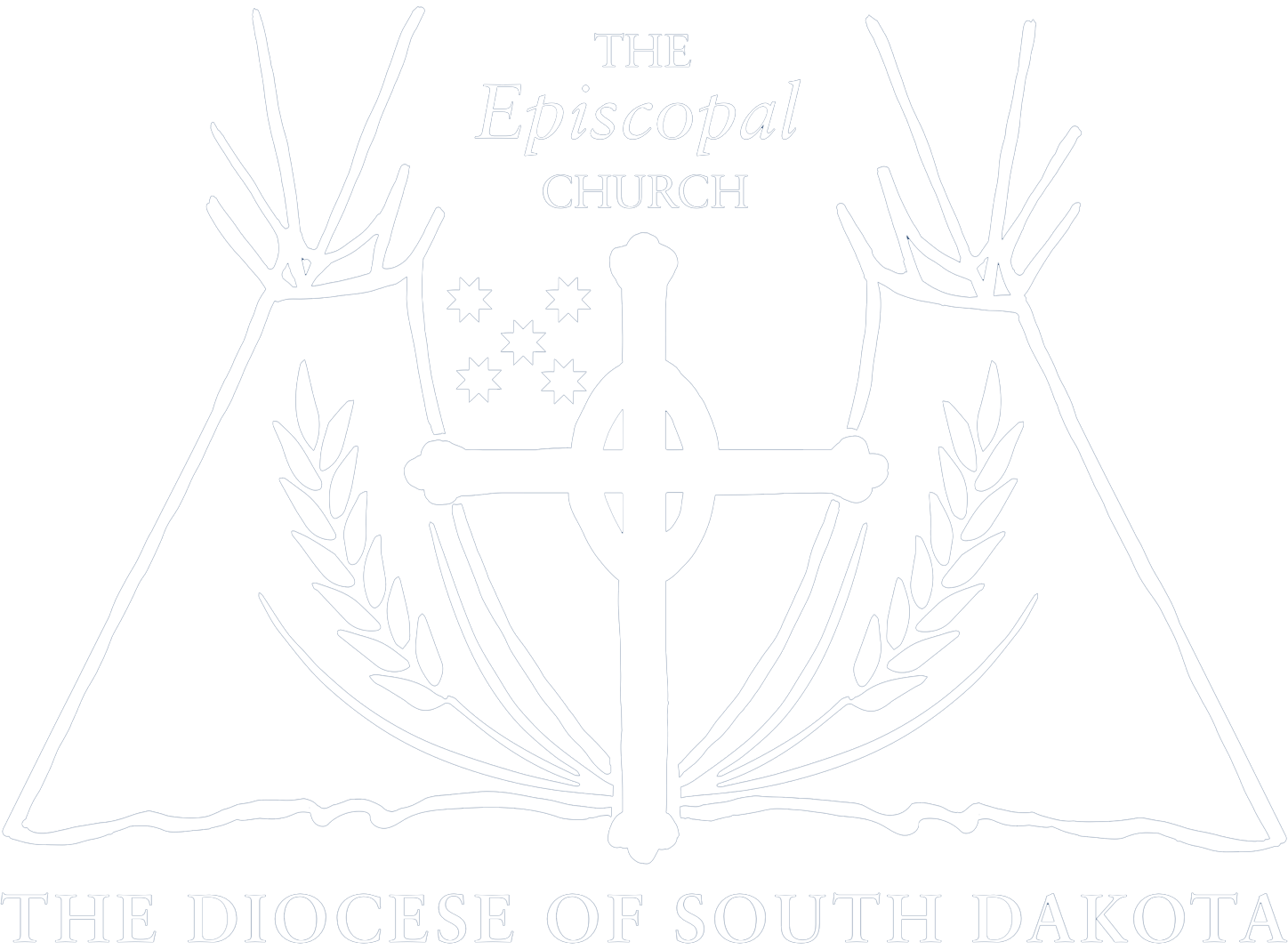By Neva Rae Fox, February 5, 2025
The Bible and Prayer Book Society is forging into new territory with one of its current projects: hymnals in the Lakota language.
Bishop Jonathan H. Folts of South Dakota made the request because congregations were using hymnals that were “in disrepair and need to be replaced,” said the Rev. Dr. David G. Henritzy, director of the society.
“The primary reason new Dakota Hymnals are needed is that most existing hymnals in churches are no longer usable,” Folts said. “In our request to the Bible and Prayer Book Society, we shared that many of our churches located in reservations lack climate control, and some do not have electricity. When windows are broken due to windstorms, hail, or vandalism, the hymnals are exposed to harsh winter weather and rodents. Additionally, some hymnals have been destroyed by church fires, flooding, or ice.”
The Diocese of South Dakota covers 77,116 square miles. “We have 76 congregations, over 50 of which are Native. The hymnals will be distributed first to all Native congregations and missions. Non-Native congregations that request hymnals will receive them, as we are able,” Folts said.
He added: “We would love to provide Dakota Hymnals to any congregation in our diocese that wishes to use them. However, our priority is ensuring that congregations in reservations receive the hymnals first. Since there is a limited supply, these congregations will be our primary recipients.”
This project meets an emerging need in the Episcopal Church. Insights from the 2023 Parochial Report Data, presented to Executive Council in November, said that Lakota is the third-most popular language in the church, preceded by English and Spanish and followed by French, Haitian Creole, Chinese, Dinka, Hawaiian, Latin, and Navajo.
Folts uses Dakota and Lakota interchangeably. “It’s officially a Dakota Hymnal,” he said. “The hymns were translated and printed in Dakota. Although the West River Lakota will call it ‘the Lakota Hymnal,’ it’s really the Dakota Hymnal. The languages (dialects) are extremely similar.
“Our purpose in the Episcopal Diocese of South Dakota is to be the church that many people don’t expect us to be,” Folts said. “Therefore, we do not require Native Americans to adopt Western ways of thinking or worship. By using Dakota hymnals, we aim to honor and uphold Native cultural understandings and theology. This approach contrasts with the practices of the church that many Native Americans have experienced, which often did not provide a welcoming environment or a sense of belonging as they grew up.”
Safeguarding language and heritage are also of prime importance. “A second significant reason for this request is to preserve the heritage of Dakota-Lakota-Nakota Christian history and honor these people’s language and culture,” the bishop said. “The Dakota-Lakota-Nakota community elders are expressing concern that their language is at risk of disappearing. This concern has led to the establishment of programs aimed at teaching these languages at the elementary and college levels. By incorporating the Dakota hymnal into worship services, we support these efforts and help ensure that younger generations learn to speak and sing in their native language.”
Henritzy said that publishing the hymnals is a joint project with Church Publishing Inc. While details of the printing contract are being completed, Henritzy said the society “will buy a minimum of 1,000, maybe more.”
Folts stressed the importance of this project. “Our diocese respects and incorporates Native theology, culture, and history. We acknowledge the hurt and harm caused by the church, regardless of denomination, and we are working to gain a deeper understanding of these issues through deliberate efforts and collaboration with Native American leaders and elders.”
“Our society exists to meet the needs of the local church,” said Stephen Soren, president of the society. “The board is particularly excited when we can aid Native American communities in their own native language, as we are doing now.”
Founded in 1809, the Bible and Common Prayer Book Society provides free books to meet the needs of worshiping communities, such as new starts, replacements, financially struggling parishes, and congregations dealing with natural disasters. The society pays for shipping and handling.
Henritzy said worshiping communities range from local congregations to prisons, nursing homes, health facilities, educational institutions, and congregations in the armed forces served by Episcopal chaplains.

